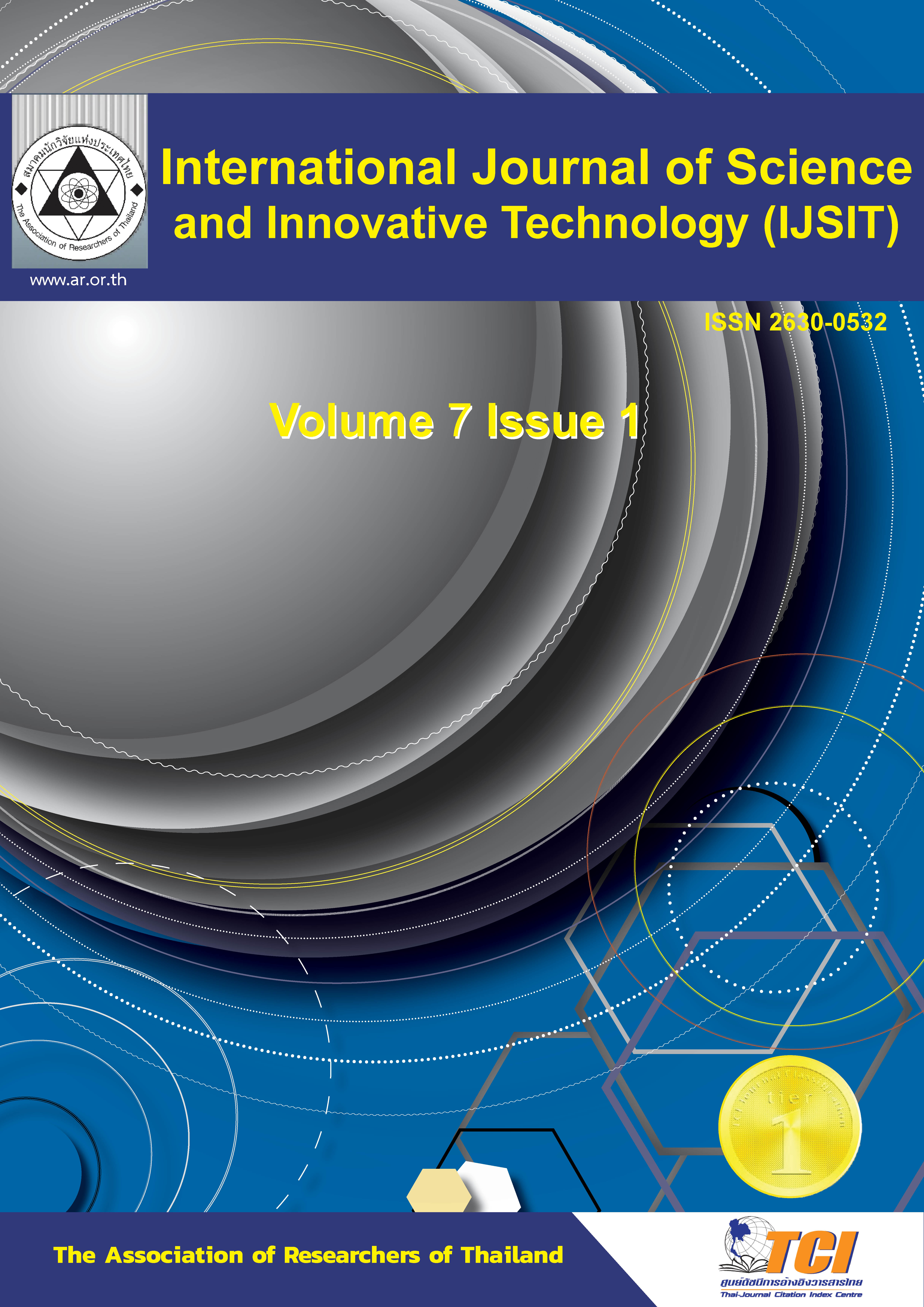Innovative measuring models in the legal security system
Main Article Content
Abstract
This research aims to study legal issues and obstacles including laws and regulations related to encouraging network partners to participate in the security of life, body, and property of the people at the local level to develop relevant laws and regulations using a qualitative research method with in-depth interviews in small group meetings. The results showed that 1) for legal issues and obstacles to the implementation, it was found that the network partners do not literally participate and most of the police operation is carried out on the orders of the commanding officers. Another critical issue is the budget while the relevant laws and regulations are sufficient. However, most of those involved do not recognize the laws and regulations on the operation. In addition, police officers do not adhere to the guidelines of the Royal Thai Police Regulations on Promoting Public, Local Communities, and Organizations to Participate in Police Affairs B.E. 2551. Regarding relevant legislation, laws on public participation in foreign police operations are consistent with Thailand's operation to promote public participation in police affairs, such as Japan's community police, and provide opportunities to establish plans or measures in maintaining public order and safety within the area to be following the needs of each locality or community. As for the Security Business Act of B.E 2558 in Thailand, it is consistent with the law on foreign private security that focuses on the potential of security personnel and the importance of licensing to perform duties including the role of being a part to play a role in supporting the operation of the police officers. This is for the development of related laws and regulations, consisting of 2 approaches, namely 1) the development of measures or mechanisms to solve problems and 2) innovative measures or mechanisms.
Article Details

This work is licensed under a Creative Commons Attribution-NonCommercial-NoDerivatives 4.0 International License.
References
Khanittha Soprasit (2020). Participation in crime prevention: a case study of people living in Bueng Kum District. Bangkok. http://www.mpa-mba.ru.ac.th/ images/Project/treatise_bangkok13_06102020/6117950035.pdf
Chanawan Yaemprerssri and Wanlop Ratchattranon (2019). Public participation in crime prevention in the area of Chaiyaphruek Police Station. Nonthaburi Province. Kasetsart University Political Science Review Journal, 6(2), 63-78.
Patwit Saengmukda. (2017). Participation in crime prevention through traffic radio for society. A case study: a group of taxi drivers in Bangkok. Thonburi University Academic Journal, 11(24), 20-31.
Pimporn Pathawee and Pongkulthorn Rojwirun. Participation Model in Public Safety Management to Prevent and Suppress Crime in Pathum Thani Province. Quality of Life and Law Journal, 17(2), 80-91.
Meechai Sicharoen, Tanandsak Bowonnantakul, Prasert Yuyod and Tawit Sudsakorn. (2018). Knowledge management to enhance public participation in supporting crime prevention and suppression suitable for the Thai social context. National Research Council of Thailand. http://www.thai-explore.net/file_upload/submitter/file_doc/cccd9b5865fcb953f4580
da.pdf
Yuttawit Bunyalit. (2017). Establishment of legislation to support public participation in police officers' missions in crime prevention. Master of Laws Thesis, Public Law Department, Faculty of Law, Sripatum University.
Wikran Puekmongkol. (2016). Guidelines for reduction of risks in life and property of the people. Valaya Alongkorn Review (Humanities and Social Sciences), 6(3), 27-41.
Giessen, M.,and Bayerl, P. (2022).Designing for successful online engagement: Understanding technological frames of citizen and police users of community policing platforms.Government Information Quarterly, 39(3), 101711.
Lab,S. P. (2006). Citizen crime prevention: Domains and participation. Justice Quarterly,7(3), 467-491.


